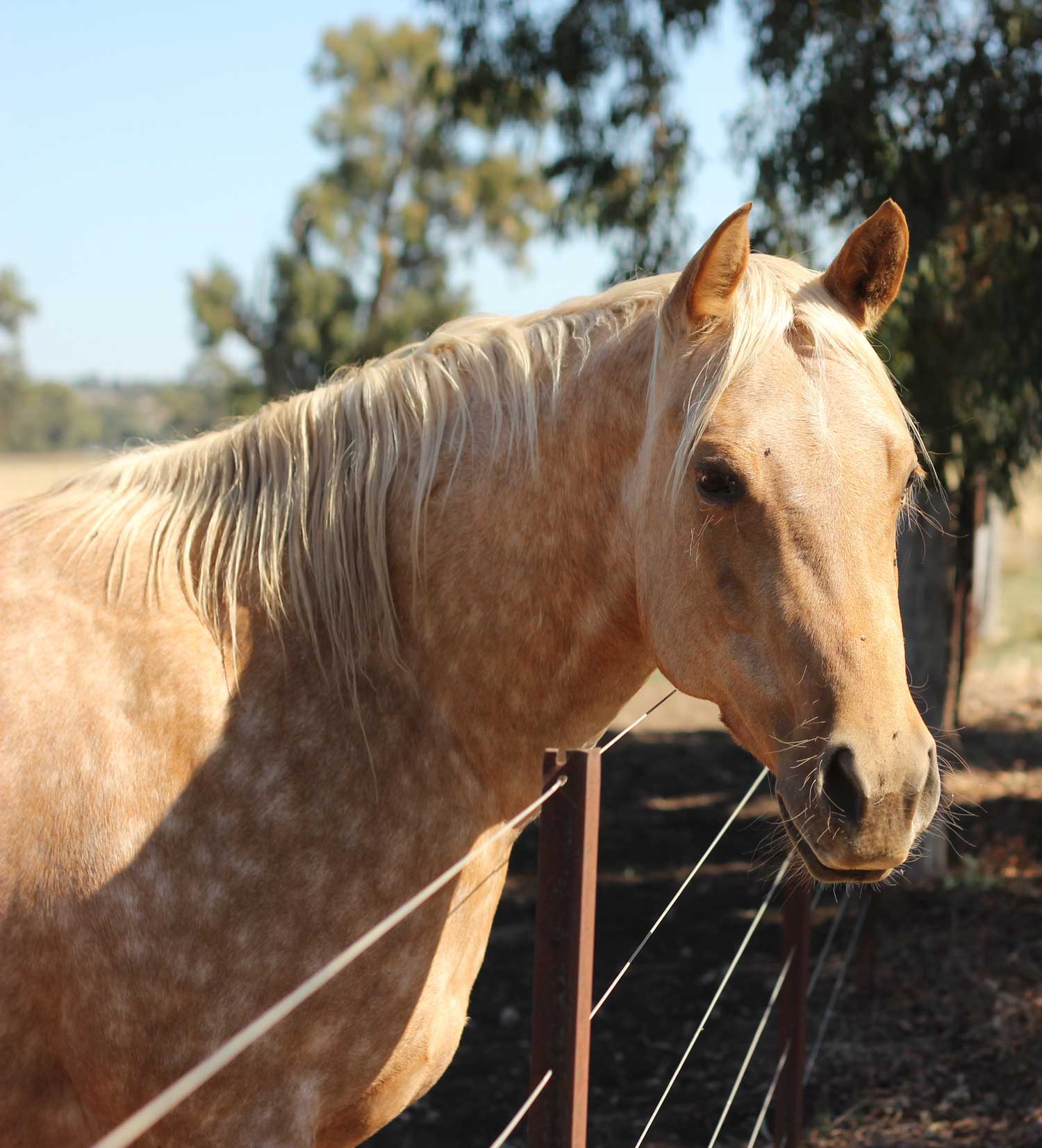Chaff provides only a small amount of nutrient in a horse’s total intake independent of whether it is lucerne, oaten or wheaten chaff. Its addition to hard or concentrate feeds is, however, important, both from a palatability influence and because it slows down the rate at which a horse eats its hard feed. This means more chewing and stimulation of saliva over a longer period. This is a most important role as the more saliva produced, the better the digestive function. The more saliva, the less chance of gastric upsets from digestive causes. A secondary impact of longer feeding time is a psychological influence on the horse’s well-being.
The type of chaff dramatically influences the chewing process. Short-cut chaff only increases the time taken to eat a hard feed because of the extra bulk. It hardly gets chewed. Long- cut chaff means the horse actually chews the chaff as well as the hard feed, meaning a much longer eating time and therefore a much larger output of saliva.
The other impact of long-cut chaff is that even after chewing the chaff segments are of uneven length when swallowed. This then influences gut function as the fibre moves through the gut. Uneven lengths bounce from side to side of the gut wall stimulating contraction, whereas similarly sized short pieces of fibre provide little stimulation.
For these reasons, I recommend the use of long-cut chaff in hard feeds, especially when totally dry feed is offered.
Andrew R Hunt B.Sc, B.Rur.Sc(Hons), BVMS
Morphetville Equine Veterinary Clinic


